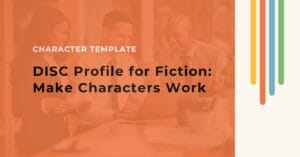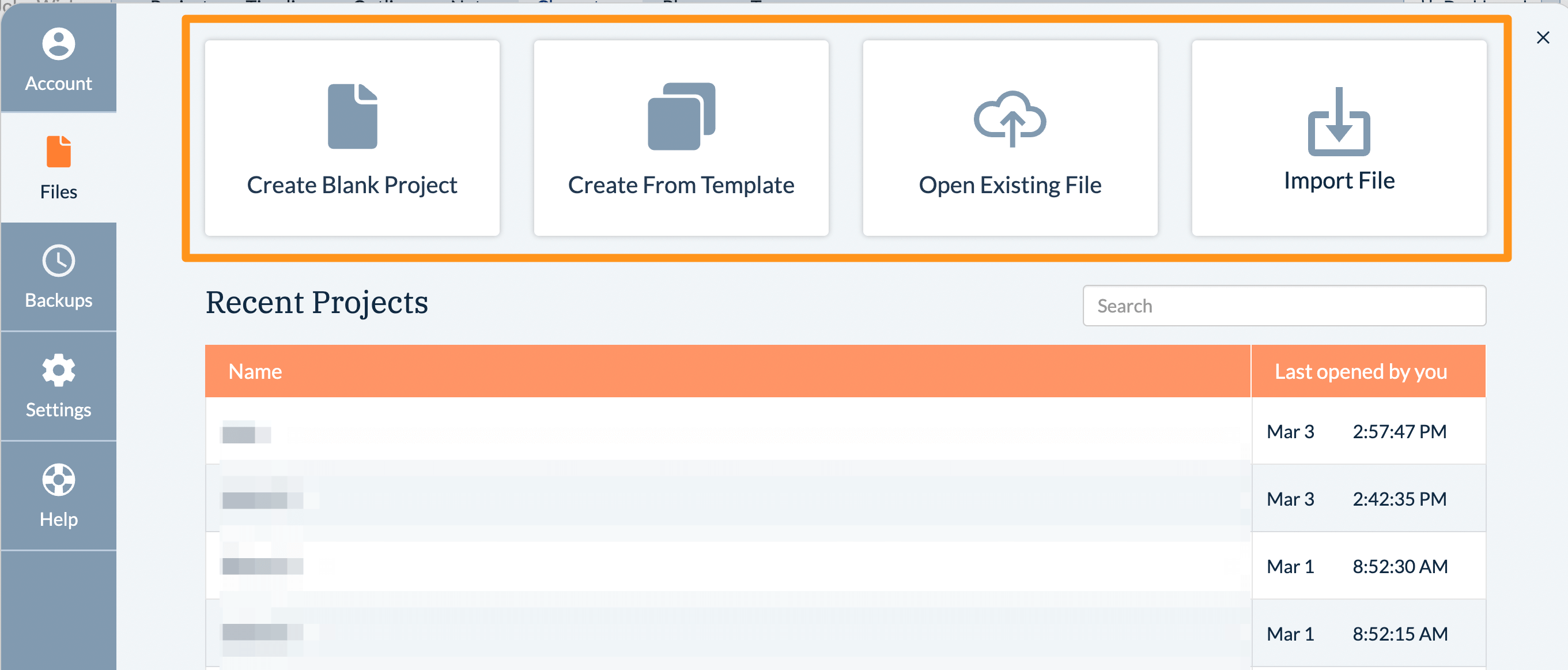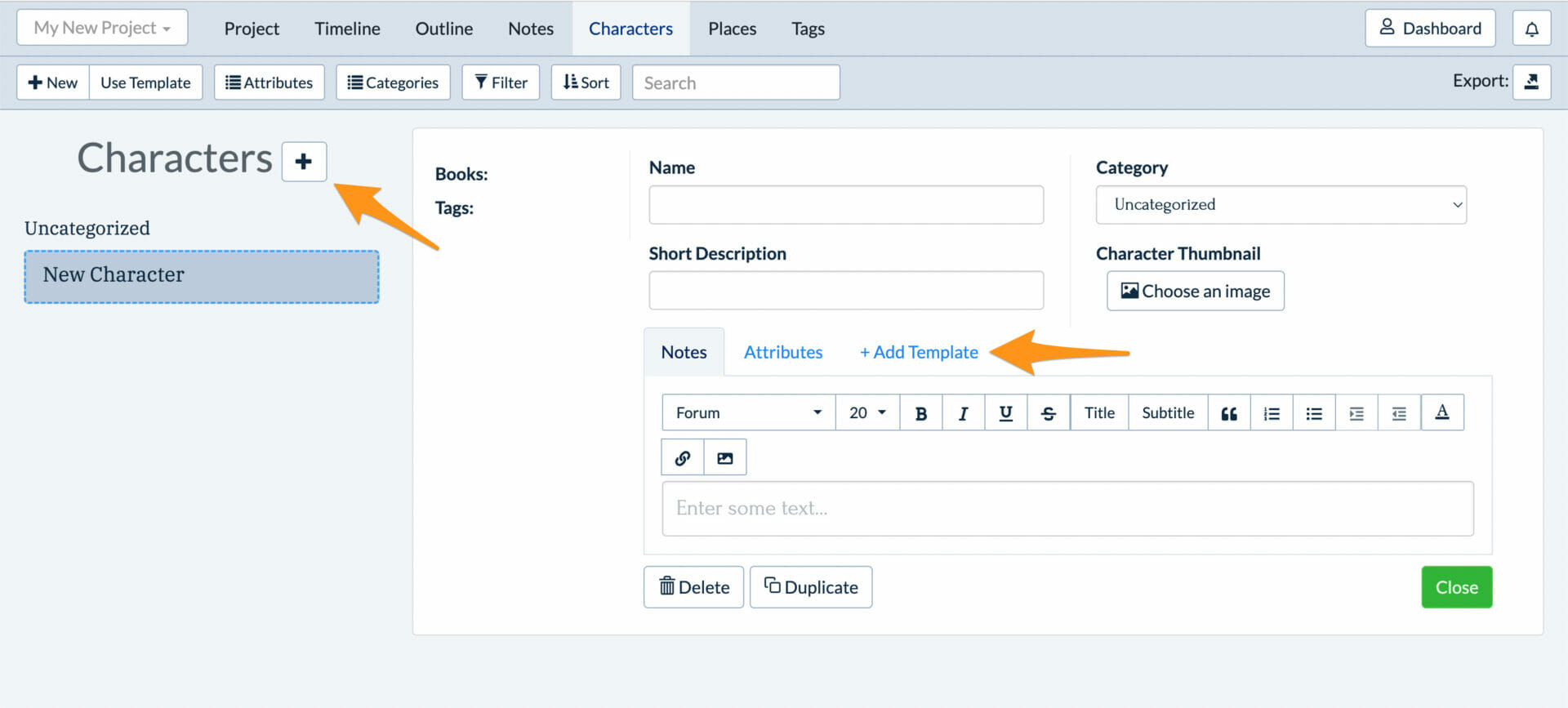
Organize your creativity with the #1 book outlining and story bible software for professional and aspiring writers.
Product
Helpful Links
© Fictional Devices, 2024. All Rights Reserved.
Writers are often advised to create well-rounded characters, but the how of this crucial step isn’t always obvious.
‘Syd Field’s Character Qualities’ touch on elements such as characters’ story goals and dramatic needs. Keep reading to learn who Syd Field was, and how Plottr’s template based on Field’s ideas will help you create an intriguing cast.
Syd Field was an American screenwriter and teacher and the author of Screenplay: The Foundations of Screenwriting. Field’s book is considered by many in the film industry to be an authority on how to create compelling, character-driven scripts.
First published in 1979, Field’s book was re-released in 2005 and covers topics from how to write engaging dialogue to protecting your intellectual property rights.
The story framework Field developed features four key pillars: plot, character, moment, and theme. All four are independent and important but connected and equally responsible for making the overall story work.
For the pillar of character, Field listed four qualities that he believed have the power to turn regular characters into a great ones. These are dramatic need, strong point of view, attitude, and the change characters undergo throughout a story.
A character who has intriguing actions and reactions is far more interesting to watch or read about than a character who does little and has no opinions.
Memorable stories don’t just happen to your characters. They happen because of your characters’ actions, and through your characters’ reactions.
While an inciting incident (the event that sets the story in motion) may have an external cause to start, the unique choices your character makes due to that incident will develop your plot.
Any story that is character-driven (including novels, short stories and screenplays) will work well with Syd Field’s Character Qualities in mind. Use this framework to:
Audiences and readers identify more easily with characters when they recognize their own experiences, beliefs, or emotions in them.
Syd Field’s Character Qualities help you create more dynamic, change-driven characters. Character transformation over the course of a story creates a stronger emotional connection with audiences, as change brings emotional surprises and rewards.
Understanding your characters’ motivations helps to guide your plot. For example, knowing what goals and conflicts drive your protagonist will help you decide the lengths they might go to (or stoop to).
Syd Field’s character qualities will help you analyze your characters’ points of view. How their way of seeing impacts their lives (such as whether their goals conflict with their personal values and relationships).
As you plan the overall arc of your story, you’ll find new ways to engage your audience and make them feel. How will your hero change the traits they’ve revealed along the way? What are they willing to sacrifice? How will their inner struggles impact their arc?
Syd Field’s Character Qualities help you understand your character’s worldview and their needs, helping you create a deeper psychological foundation for every action and reaction.
Answering questions drawing on Field’s four key character traits will help you write vivid characters with depth and dimension.
You can use Plottr to outline your character’s four key qualities: dramatic need, strong point of view, attitude, and change. In the character template, you’ll find prompts that spark creative thinking around each of these qualities. There’s plenty of space to fill in the details for each one.
It’s a need that spurs action. As Kurt Vonnegut, Jr. said: “Make your character want something right away, even if it’s just a glass of water.”
Your character’s need itself doesn’t have to be dramatic. Instead, it’s your character’s reaction to this need that creates the drama.
Point of view relates to how your character sees the world. Strong point of view may create conflict that keeps your character from achieving their goal. Maybe their POV clashes with their goal itself.
For example, maybe a character raised in an abusive environment which made them self-effacing struggles to handle the spotlight as they become a performer.
A character’s point of view is filtered through their experiences, their past. It is often a source of preconceptions, pain, doubt, or cognitive distortion.
Relationships, actions, and speech reveal the attitude (or character traits) central to your character’s point of view. Attitude describes a character’s manner or opinion. Do they tend towards cynicism? Naivety? Making light of everything?
How do the events of the story change your character?
Their point of view, attitude, or needs should change for them to be dynamic rather than static; rounded instead of flat.
In Syd Field’s model, a character should learn something about themselves or about the world. The course of events should challenge their point of view, and even adjust their attitude.
You will sometimes hear of the character’s opening problem described as “the lie they believe about themselves.” By the end of the story, that lie should be proven wrong.
Syd Field’s Character Qualities are a favorite character model among writers of many genres, but especially among script writers. Are they sparking ideas for your own story?
Let’s explore what all this actually looks like once you plot it out. For our example, we’ll focus on that protagonist Vonnegut describes, who just wants a glass of water. We’ll call him Joe.
Joe’s dramatic need is simple: a glass of water. Yet let’s say his strong point of view is that he believes public water sources are contaminated. So he won’t them. For this reason, Joe lives outside city limits and has a private well he has tested regularly for contaminants.
The attitude with which Joe conducts himself might appear paranoid or pessimistic. Maybe he rants about the dangers of public drinking water, to the amusement or bewilderment of others.
Maybe Joe enjoys regular hikes where he drinks from freshwater springs. Here, he trusts that the water is sparkling clean. He does this at least weekly for a year — until a local high school biology teacher tests the water, finding it clean, but also revealing it’s the same source that feeds the city supply directly. Joe then undergoes a change. Confronted with this new truth, he realizes he must no longer be afraid.
Another way Joe might change (especially if the story is a thriller) is if the teacher discovers that the water is contaminated. What then for Joe?
Syd Field’s Character Qualities can work quite well for antagonists, too. Just for fun, let’s add a nefarious character to Joe’s story: Bill, a scientist who works for the local government. The local government, benefiting from taxes (or bribes) from a local industrial plant that is contaminating the local water supply, could want to keep things just as they are.
Bill’s dramatic need, as the antagonist, might be to prevent the locals from finding out that their water supply is contaminated and who the culprits are.
Bill’s strong point of view could be that his financial gain from the plant’s operation is more important than the population’s wellbeing. And his attitude could be one of selfishness; single-minded focus on his own benefit.
Over the course of the story, Bill’s change could come about through encounters with Joe. Over time, Joe makes it clear that the contaminated water is more than a minor inconvenience: it’s ruining people’s health, and as rumors begin to spread (despite Bill’s best PR efforts), residents are protesting and calling for change.
Bill must thus decide whether he’ll make his knowledge public, or whether he’ll keep it secret and allow the townspeople to continue to suffer.
Ready to get started? To use this template, first, you’ll need to purchase Plottr or start a free trial.
Once you have Plottr set up on your computer, follow these simple steps to add the Syd Field’s Character Qualities to your character profile:



With Plottr, you can add multiple templates to each of your characters, and even combine templates. Later, export it all to Word or Scrivener and continue developing your best story.
If you’d like to give that a try, this template would work well with these others in Plottr:
When you get a Plottr license or subscription, you can use this template to develop your characters’ pasts, beliefs, choices, and the consequences of those choices. You’ll devise a richer cast and more fulfilling plots.
Have you checked out the Syd Field Character Qualities template? Did you discover new information about a character? Share your thoughts in the comments!

© Fictional Devices, 2024. All Rights Reserved.
Comments